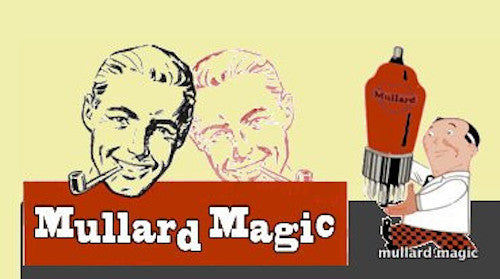
VALVE TYPES & MANUFACTURING TECHNIQUES (xviii) - B7G & B9A VALVE ASSEMBLY - PUMPING
Share
In this process, where sealed valves were passed from the last station of the sealing machine, a mechanical tri-claw hand fitted with an asbestos glove (imagine the 'elf n safety implications today!!!) transfered the valve to the first vacant position on the pumping machine.
The pumping machine comprised of another rotating table which had a sequence of rubber bungs around the periphery. Each bung was connected to a vaccuum manifold supplying a high torr vaccuum. As the valve abutted a bung, the process of pumping commenced. As the valve rotated around the table, the valve passed through a heated convection tunnel where the high temperature assisted in driving off air and other gaseous contaminants.
The valves then passed through loops of copper tube carrying radio - frequency (RF) current. The RF served three purposes by raising internal temperatures, firstly, to induce RF eddy currents in the metallic parts of the sealed valve which drove off any interstitially occluded gas; secondly, to sublime the getter material such that an active flashing coated the internal envelope; and finally to convert the filament barium and strontium carbonate coating to form the emissive oxide - all this going on whilst the pumping still continued!
Finally, when a satisfactory vaccuum was pulled, the pumping sprue was cinched and the valve finally sealed off using a fine glass flame played at a point close to where the pumping sprue meets the envelope top, accordingly, the glass fuses with the characteristic pip at the envelope top being left. A second tri-claw hand then removed the pumped valve from the pumping table.
In the photo below, we see Roger Beardshall at one of the Blackburn pumping machines: -

